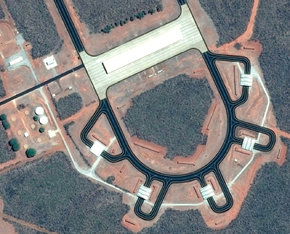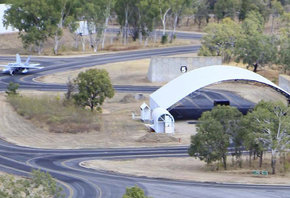I think that the RAAF, and our Defence Force in general is way past "traditional". Indeed, I bet there are far fewer squadrons with 12 aircraft allocated than those *with* twelve. The numbers allocated will be those our politicians are told are required to meet the tasks the RAAF is asked to complete. Any extras, would be a bonus in an era where there are more anti-Defence spending cross benchers than those likely to support spending on anything, much less "extras".12 would seem the traditional number, but if I recall the final call was based on one; cost, and two, that it was believed the final number chosen would provide sufficient flight hours for tasks demanded.......................................Which I think is political speak for cost.
Yes, it's cost. But politics is ever the art of the achievable and at the moment we have 10 C-27 after years of having no Caribous. Ten was achievable. Twelve without rock solid necessity? After years without any replacement and no obvious issues to make it blindingly obvious we need them? Not so much.
oldsig


